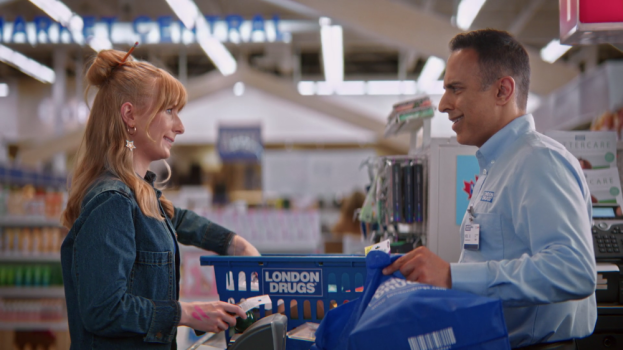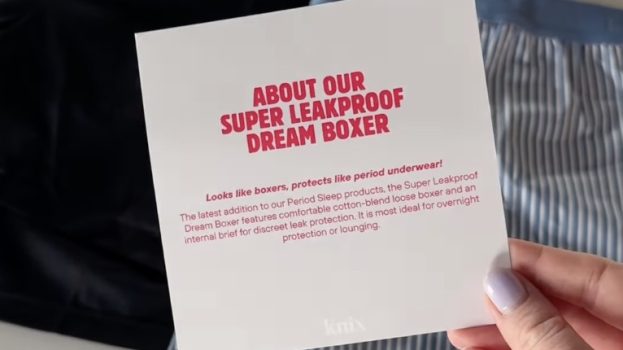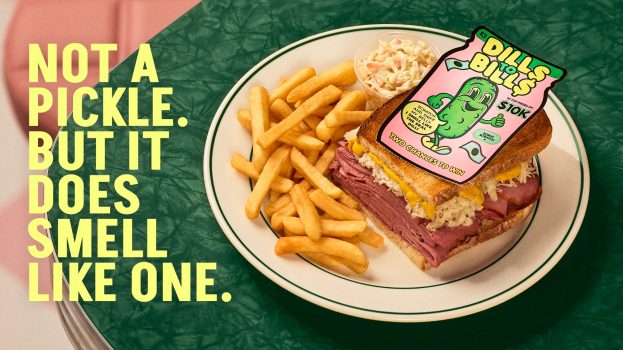WestJet wants to be a challenger for Canada’s business travellers, and it’s putting its offering to the test to do so.
At Sherway Gardens shopping centre in Etobicoke earlier this year, WestJet and agency Studio M set up a re-creation of a Boeing 737, with one-half of the plane set up like the airline’s “Plus” premium economy offering, and the other set up like the premium economy offering from “the other guys.” Visitors are shown the difference between the two options, like the meal and beverage perks or the fact that Plus has no middle seat, instead using it for a dedicated console.
Travellers in each section are then asked to compare flights to randomly-selected Canadian cities on randomly-selected dates, showing how Plus offers savings of between $400 and $600 compared to similar options from other carriers.
[iframe_youtube video = “G8ggslzB0qE”]
The “#DareToCompare” video is currently being pushed through social. Bob Cummings, EVP of commercial at WestJet, says the full media plan around how to use shorter cuts of the video is still being pinned down, but will likely be put into market before the end of the summer.
What has been decided, however, is that the video is the start of a shift to focusing more on the business traveller.
While the exact numbers are hard to pin down, Cummings says WestJet is currently sitting at around 22 to 23% market share of domestic business travellers in Canada, a market that represents $3 billion in revenue. Besides that, Cummings says a major reason the company is looking to reach that customer through the Plus “premium economy” offering in particular – which WestJet describes internally as “business quality at economy prices” – is that WestJet now offers the kind of experience a business traveller is looking for.
Cummings did not mention Air Canada directly, nor is it mentioned in the video, but that airline’s premium economy offering limits perks like meal and beverage service to international flights.
“We want to define ourselves as the category leader and owner, offering the highest value in that premium economy category,” Cummings says. “As we look at our growth and the prudent investments we’ve made into our product, now is the time for us to push a lot more awareness around what we have to offer the business traveller.”
WestJet is probably best known for its experiential pieces, like the “Christmas Miracle.” Despite this push into a new market, Cummings says approaching its marketing with a challenger mentality and relying heavily on extending experiential stunts into other platforms – especially social – will remain a major part of WestJet’s marketing plan. Besides being a low-cost strategy, it also fits with the brand’s marketing history.
“Our history over 20 years has been going to market after market and penetrating each one and going to the next horizon in a high-value way with a challenger mentality,” he says. “There are all sorts of spots in Canada where we can capture a business traveller and do these kinds of pieces in the future. We’ve used experiential a lot for branding in the past, but we also believe it has a lot of legs to be used for specific products or sub-segments in the future. All that is dependent on having the license through our brand to capture real people doing real things and how they feel about our experience.”
























